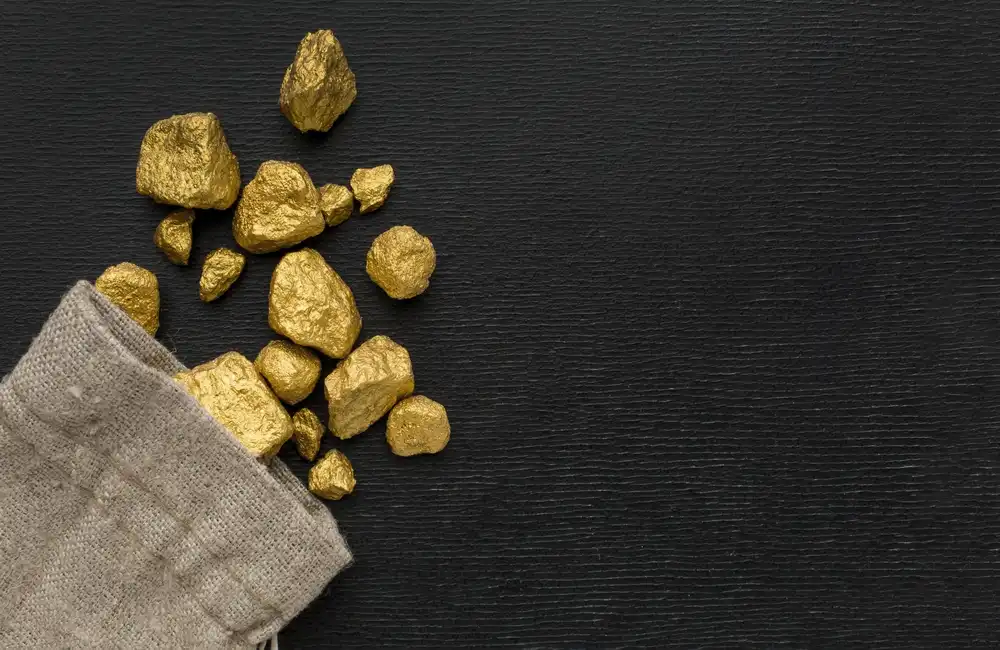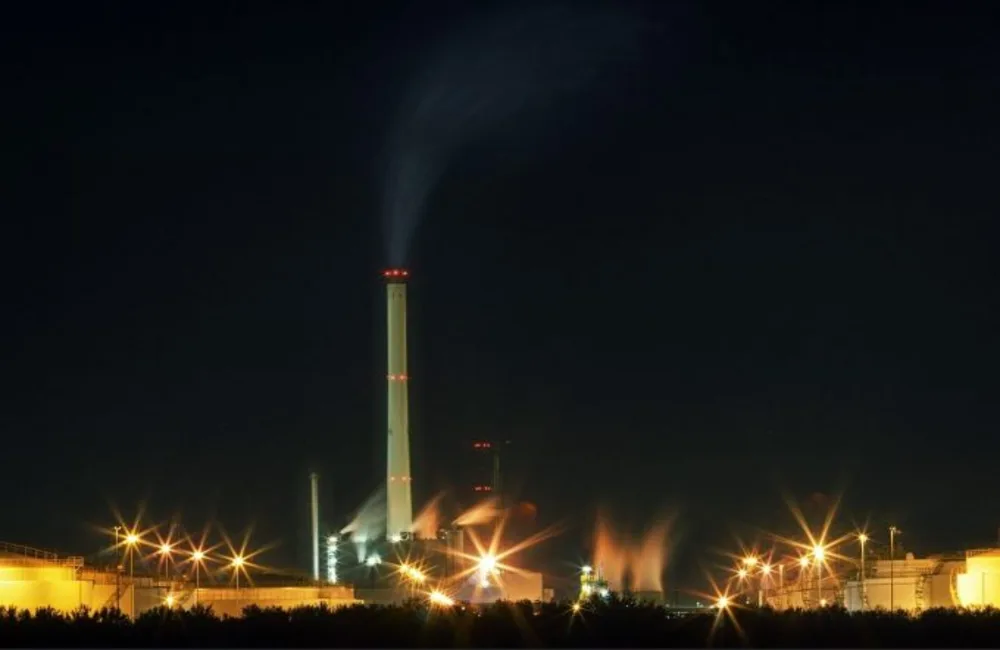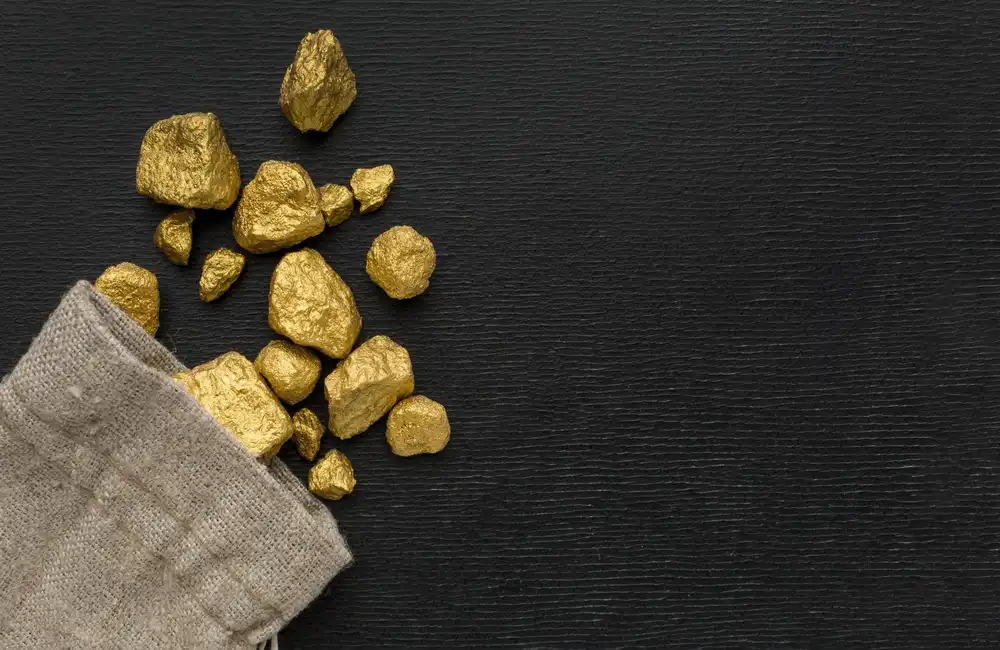BlackRock Energy and Resources Income (BERI) provides a diversified portfolio across three areas benefiting from long-term structural growth: the mining sector, the traditional energy sector, and energy transition-related businesses.
Since then, the strategy was implemented in June 2020; the trust has outperformed all of its underlying markets.
Each of these areas demonstrates volatility in the short term, which can help create valuation opportunities. Managers Mark Hume and Tom Holl have been adding to the companies they had already identified as being undervalued when they went into the fund in recent months and taken advantage of the volatility following Trump’s election win to top up. The portfolio, however, remains well diversified and close to its neutral allocation between the three sectors. Mark and Tom contend that the market may misapprehend just how radical the Biden and Trump changes are, offering stock-pickers opportunities.
They have eased gearing down somewhat to 7.4% on a net basis, at the end of October. This indicates a risk aversion approach to the tail of the risk in the market, although the trust remains net geared versus stock market exposure.
So far, the outlines of Trump’s tariff policy have emerged fuzzy, with significant uncertainty about the mid-term outlook for many sectors.
The managers have increased their holdings in oil and gas exploration and production, which they believe will benefit under Trump. In addition to the cheap energy transition stocks, they also like the prospects for gold miners and uranium producers.
BERI has a quarterly dividend. They have so far paid for 2024: 3 of 1.125p, which annualises to a yield of 3.8%, based on the current share price.
As I write, BERI’s shares trade at a 10% discount to NAV, with the board actively repurchasing shares.
Performance
BlackRock Energy and Resources Income (BERI) has recently delivered strong returns over the past 12 months as markets have rebounded. Most impressively, it has beaten all three of its underlying markets, demonstrating both the merits of diversification and decent stock-picking. As the chart below illustrates, the S&P Global Clean Energy Index has been the most troubled during the period and sold off after the election of Trump. The MSCI ACWI Metals and Mining Index has been the strongest through the year, but also sold off in recent weeks, perhaps on fears around the Chinese economy. At the time of writing, BERI is up 13.4% in NAV total return terms.
Positioning and outlook
While all of their sectors have potential, they also face some uncertainty, largely from a new administration in the United States, so Mark and Tom have moved the portfolio relatively close to a neutral sector allocation over the past few months. They have also adjusted their gearing a bit, but remained geared. Though they recognize tail risks worth worrying about and plenty of uncertainty about the policy implications of a Trump second term, they believe there's a possibility that investors overreact to a Trump election, which presents an opportunity. In particular, they say that ditching the energy transition stocks would be a misstep. They say that sector was its best-performing sector during the stretch of the first Trump presidency, while we say the US installed more solar panels and more wind turbines under Trump than during Biden. Biden also approved more drilling permits than Trump did during his first term. All this is perhaps proof that US politicians are not always as far apart as the rhetoric would suggest. Although Trump has indicated he’ll try to claw back unspent funds under the Inflation Reduction Act (IRA), we think he might just keep the improved tax breaks in the act’s wake. Mark and Tom also note that much of the investment under the act has been in red states, and that there is job support. Heck, even Trump’s own supposed Trade Secretary Robert Lighthizer has indicated that some of the pro-US job policies could stay. The implication is that even if the IRA gets turned back, it won’t all go in the dumpster. Mark and Tom still see opportunities in cheap energy transition stocks that they believe will perform well over the long term as the energy transition plays out, even if at a slower pace.
But they do see more stimulatory measures for traditional energy. Specifically, they are bullish on the E&P stocks which they expect will profit from a friendlier regulatory environment. Managers have had very strong capital discipline in last few years in this space and have done well against share price, and they expect this to continue. Since the summer of 2023, they have also added to services and distribution businesses.
In the mining sector, they are wary of the outlook for copper in the short term, given the fragility of the Chinese economy. But over the long haul, they believe it is a very popular asset. They add that copper has very little supply growth, so the producers should get strong returns when it is time to take action. However, given the weak outlook for the Chinese economy at present, they would rather wait for a clearer entry point. Chinese stimulus is more targeted at the stock market and financial system rather than the commodity-intensive sectors, they point out. That means the pure-play copper exposure has drifted lower in the last 12 months, although they still own exposure through the diversified miners as well. Here they see more value. The same worries about China loom over the shares, but at these EV/EBITDA multiples, deep value expresses itself, and managers are content to have a large weight. They added to the gold miners over the last year. The gold price remained strong, setting new records through 2024. Despite lagging the metal price in the past few years, they rallied in 2024. Miners have benefited as falling inflation reduces their costs, though the managers said results from the big companies in the industry in recent months have disappointed as they can’t translate an improved operating environment into free cash flow. Finally, let's point out the small uranium exposure from the mining allocation. As Mark and Tom make clear, nuclear power is increasingly viewed as a useful means to help reduce carbon emissions and enhance energy security. They highlight that tech behemoths Amazon and Microsoft have poured money into building their nuclear power plants, acknowledging the vast power requirements of AI tools. The view has taken hold that uranium producers will do well as the world begins to accept that nuclear is a part of the solution.
We believe there are many reasons to be positive about commodities over the longer term. Both the energy transition and artificial intelligence are going to be immensely commoditized, and AI will also require a huge build-out of power generation and transmission infrastructure. That ought to be a boon to mines, but also to both traditional and renewable energy sectors to supply electricity demand and indeed nuclear, which doesn’t squarely fit either of those lists. BERI provides exposure to all of these strands.
The strategy has proven to be a powerful way to capture returns in some secular trends while dampening the volatility in the underlying sectors, as evidenced by its strong returns to date. The managers have exercised their freedoms across the sectors well, showing the attractions of investing in these more complex sectors with a specialist team. Now, to be sure, each of these underlying markets is volatile, as we have said and shown over the past five years, and as the charts can show some. But each also appears to be on a solid multi-year trajectory. We see traditional energy as being a part of the mix for many years, while all the Trump administration does is spend on the energy transition by governments and industry globally should increase. BERI places a specialised management team to decide when oil and gas is being wound down and when investments should be withdrawn.
Plus, in the near term, many unknowns loom, particularly regarding two things: the policies of the Donald Trump administration, regarding renewables and competing energy sources, and tariffs. Second, the strength of the Chinese economy, and particularly its commodity-intensive sectors, is fading. Another possible challenge for China is tariffs. And although tariffs would certainly be bad for China, and Trump’s overall position vis-a-vis renewables will surely be lessening than a Democrat, we do not think that the short-term outlook is unmitigatedly bad. China could counter tariffs by trying to boost its domestic economy for instance, and there could also be benefits for companies in the renewables or commodities space listed outside the US if trade policy simply squeezes direct US-China business. We believe that Trump hopes to see the US economy and the US stock market rise during his presidency, and we should refrain from making broad assumptions that both extreme and damaging policies will be revealed.
In the meantime, BERI’s shares offer a 10% discount to NAV, so this could be another stream of returns if or when sentiment improves. And of course, Tom and Mark can shift the portfolio between sectors based on what policies ultimately take shape. At the time of writing, the shares are at a discount and have a boosted yield of circa 3.8% that provides for a great return to shareholders.





















